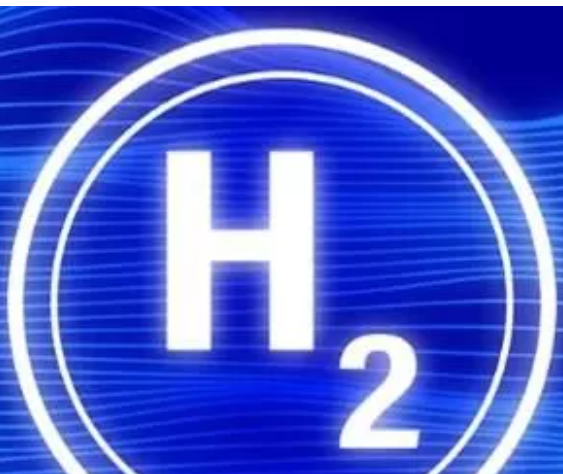
The Netherlands is looking to the future and is set to expand its offshore wind energy sector with the development of energy hubs in the North Sea.
These hubs will facilitate the production and transportation of electricity and hydrogen to the Netherlands and its neighboring countries. The government plans to produce green hydrogen at sea and transport it to shore via pipelines.
According to the Netherlands Enterprise Agency, RVO, the energy hubs will interconnect and exchange electricity with other North Sea countries, including the UK, Denmark, Belgium, Germany, and Norway. The Dutch government aims to finalise a roadmap to 2050 that includes offshore wind targets of 50GW for 2040 and 70GW for 2050.
One of the four key policy documents driving North Sea developments for the Netherlands, the North Sea energy infrastructure plan (EIPN), will define the infrastructure requirements for offshore wind and hydrogen between 2030 and 2050. The EIPN, set for completion by early 2024, will also outline the areas for the energy hubs, as well as the capacity needs for hydrogen pipelines and electricity cables.
The Dutch government is also planning to open a 500MW production facility in the North Sea, which will convert wind power into hydrogen, with a pilot project of 50-100MW to test the technology scheduled to launch in 2031.
In addition to the hydrogen production facility, the FlexH2 project aims to combine offshore wind and onshore hydrogen production to provide more flexibility to the power system. The project was awarded a grant in 2021.
As the Netherlands strives towards its target of achieving a fully renewable energy system by 2050, these new energy hubs could play a crucial role in driving the transition to green energy and reducing greenhouse gas emissions. However, the project faces challenges in terms of funding, infrastructure, and public support, and its success will depend on the cooperation of its North Sea neighbors.